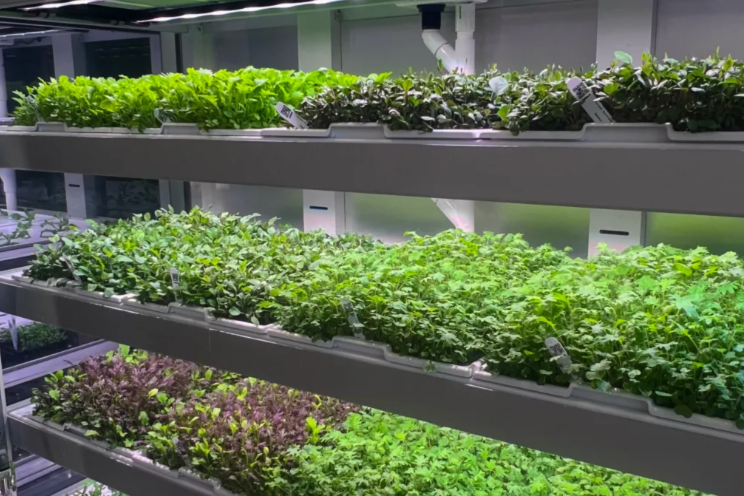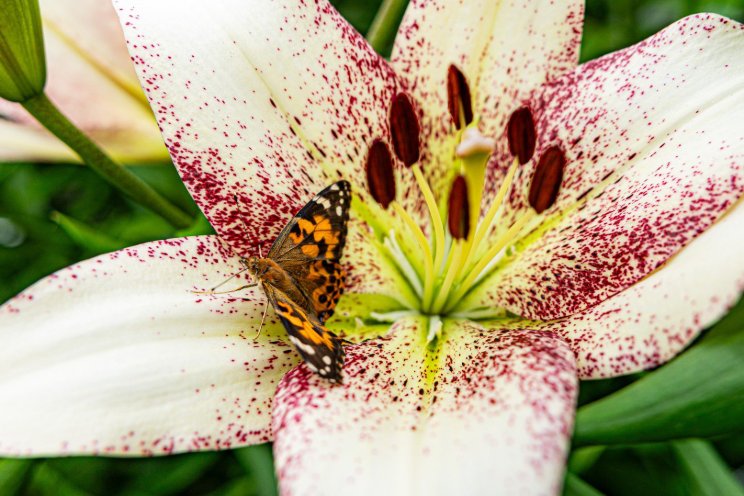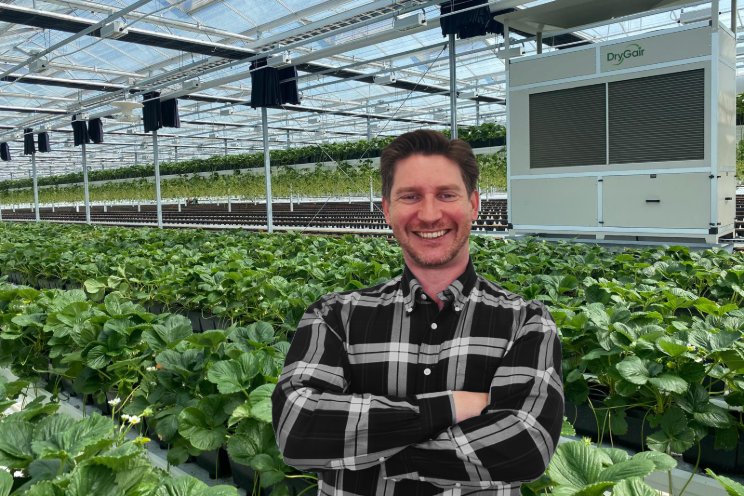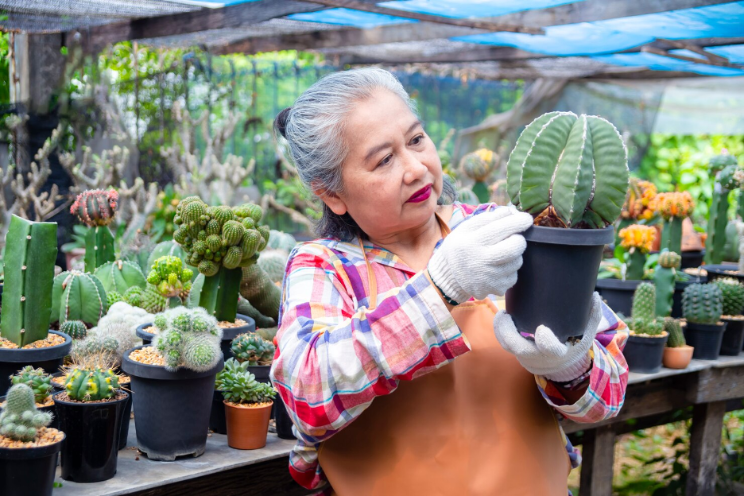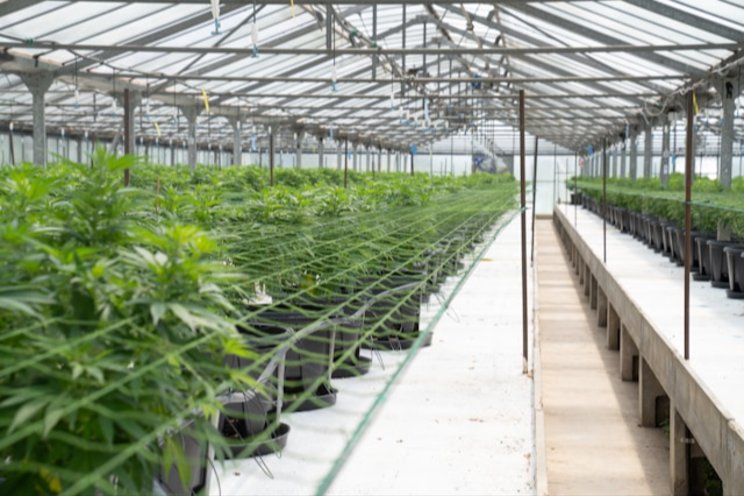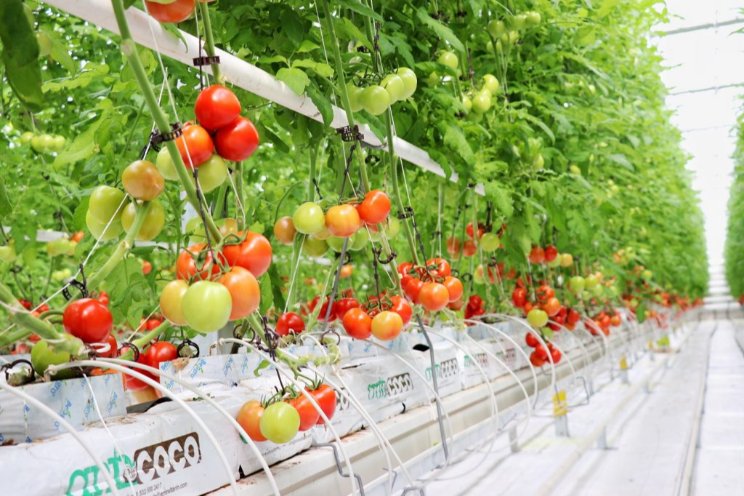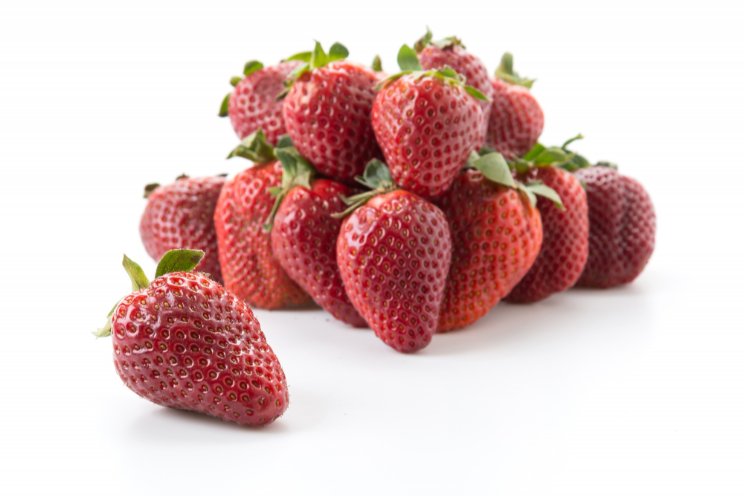Do pests eat the food of their natural enemies?
Added on 31 July 2023

Thrips parvispinus (pepper thrips) originally comes from South-East Asia. It arrived in the Netherlands a few years ago and started causing serious damage in Anthurium greenhouses, among other crops. Thrips parvispinus adults and larvae cause damage to Anthurium plants by feeding on leaves and flowers.The predatory mite Transeius montdorensis is an effective natural enemy against T. parvispinus, but it struggles to establish in Anthurium plants and therefore needs to be reintroduced often in the crop. Growers often release supplementary food like pollen to help T. montdorensis survive in the crop. However, T. parvispinus is a polyphagous pest which is able to feed on many types of food, including pollen.
To understand the consequences of using supplementary food in crops infested by T. parvispinus, WUR focused on three supplementary food treatments: Typha pollen, Artemia cysts ('shrimp-like' eggs) and the prey mite Thyreophagus entomophagus. The research first took place in the laboratory to look at the effect of these 3 treatments on T. parvispinus oviposition rate and then in a greenhouse to investigate the effects of these treatments on T. parvispinus biological control by T. montdorensis. Fresh supplementary food was provided weekly in the crop.
Photo: WUR
More news

